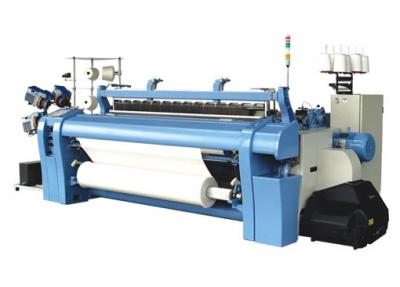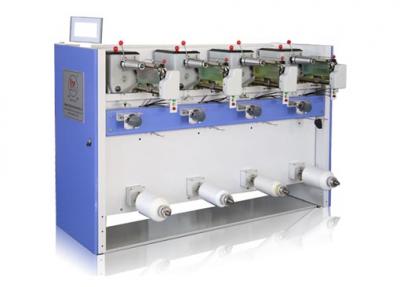Textile cone winding machine is a special equipment for textile industry. As the last working procedure of spinning and the first working procedure of weaving, winding plays the role of "bridge" between the preceding and the following, and thus occupies an important position in the field of textile.
The working principle of winding
When working, the winding can change the volume of winding and increase the capacity of yarn winding: through winding, pipe yarns (or Hank yarns) with less capacity are connected to make a larger capacity bobbin. One bobbin's capacity is equivalent to more than 20 pipe yarns. Bobbin can be used for warping, twisting, winding, dyeing, filling on shuttleless loom and knitting yarn. If the tube yarn is directly used in these processes, it will lead to too much stop time, which will affect the improvement of production efficiency and product quality. Therefore, increasing the volume capacity is a necessary condition to improve the productivity and quality of the following processes.
Remove the yarn defects and improve the yarn quality: there are some defects and impurities on the yarn produced by the cotton mill, such as coarse knot, details, double yarn, weakly twisted yarn, cotton knot, etc. In winding, the yarn is checked with the yarn cleaning device to remove the defects and impurities on the yarn that affect the fabric quality and to improve the evenness and smoothness of the yarn, so as to reduce the yarn breakage in the later process and improve the appearance quality of the fabric. It is most reasonable for the yarn defects and impurities to be removed in the winding process, because each bobbin works independently in the winding process, and when one bobbin is broken, the other bobbin can continue to work without being affected.








 +86-575-86333303
+86-575-86333303  sales@wsftex.com
sales@wsftex.com
 Rifa Road, Nanyan High-tech Zone, Xinchang, Zhejiang, China
Rifa Road, Nanyan High-tech Zone, Xinchang, Zhejiang, China